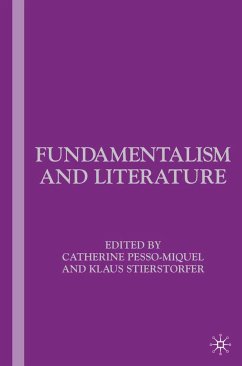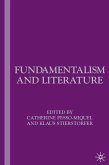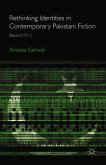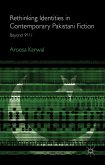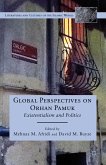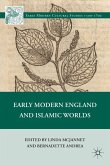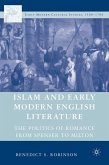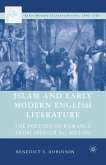"A probing, lucid, and versatile examination of the crucial phenomenon marking our time. Fair-minded and many-sided, the work brings us distinctly closer to understanding the protean shapes of fundamentalism, its elusive motives and terrifying powers." - Ihab Hassan, Emeritus Vilas Professor, University of Wisconsin, Milwaukee
"This book brings together a series of useful and diverse approaches to what is clearly a crucial issue of our time-the interaction of Literature and the new fundamentalist movements which have so affected us in recent decades. The book is wide ranging and covers not only the more obvious examples such as the resurgence of fundamentalism in the Islamic world and amongst Hundus but also handles the equally significant rise of fundamentalism in America. The material on the rise of US fundamentalist publishing and media as illustrated by the now notorious "Left Behind" series is an example which this collection handles especially well. The geographical spread is also not limited to those areas usually seen as of particular concern to Europe and America, as the inclusion of material on Indonesia illustrates. It is perhaps often forgotten in the northern hemisphere that Indonesia is the single largest Muslim nation on earth, a fact which is far more in the consciousness of its near neighbors such as Australia in the wake of incidents such as the Bali bombings. The range of the collection and the quality of its individual essays will ensure thatthis collection will have a major effect in developing interest in this vital field. It deserves to be on the bookshelf of every scholar interested in how literary texts interact with the new fundamentalist movements which are sweeping the world." - Gareth Griffiths, University of Western Australia Albany"The book is both interesting and insightful. Its strength is its cross-cultural approach, including examples of Christian, Jewish, Hindu, Muslim, and Parsi fundamentalism; its historical range from the seventeenth to the twenty-first centuries; its undermining the stereotypical binary oppositions that usually portray fundamentalism/fundamentalists and distinguish them from their opponents; its highlighting of the often neglected South Asian version of fundamentalism in the British diaspora and India (Kureishi, Mistry, and Roy); and its focus on key fundamentalist attitudes and concerns, such as purity of the self, corruption of the world, misogyny, and millennialism." - Richard T. Antoun, State University of New York at Binghamton
"This book brings together a series of useful and diverse approaches to what is clearly a crucial issue of our time-the interaction of Literature and the new fundamentalist movements which have so affected us in recent decades. The book is wide ranging and covers not only the more obvious examples such as the resurgence of fundamentalism in the Islamic world and amongst Hundus but also handles the equally significant rise of fundamentalism in America. The material on the rise of US fundamentalist publishing and media as illustrated by the now notorious "Left Behind" series is an example which this collection handles especially well. The geographical spread is also not limited to those areas usually seen as of particular concern to Europe and America, as the inclusion of material on Indonesia illustrates. It is perhaps often forgotten in the northern hemisphere that Indonesia is the single largest Muslim nation on earth, a fact which is far more in the consciousness of its near neighbors such as Australia in the wake of incidents such as the Bali bombings. The range of the collection and the quality of its individual essays will ensure thatthis collection will have a major effect in developing interest in this vital field. It deserves to be on the bookshelf of every scholar interested in how literary texts interact with the new fundamentalist movements which are sweeping the world." - Gareth Griffiths, University of Western Australia Albany"The book is both interesting and insightful. Its strength is its cross-cultural approach, including examples of Christian, Jewish, Hindu, Muslim, and Parsi fundamentalism; its historical range from the seventeenth to the twenty-first centuries; its undermining the stereotypical binary oppositions that usually portray fundamentalism/fundamentalists and distinguish them from their opponents; its highlighting of the often neglected South Asian version of fundamentalism in the British diaspora and India (Kureishi, Mistry, and Roy); and its focus on key fundamentalist attitudes and concerns, such as purity of the self, corruption of the world, misogyny, and millennialism." - Richard T. Antoun, State University of New York at Binghamton

